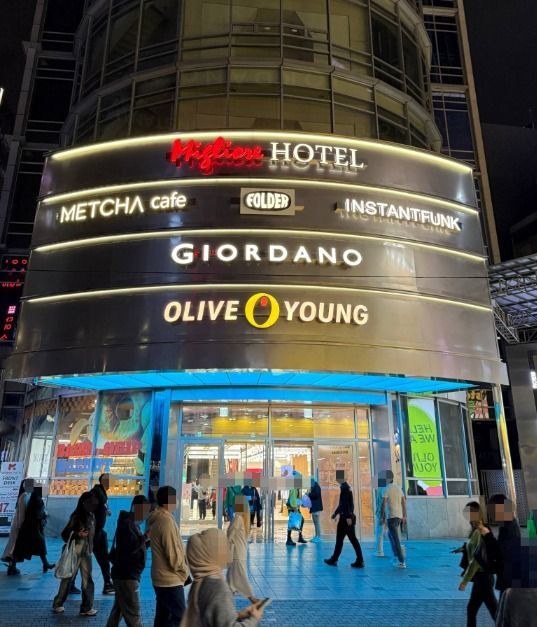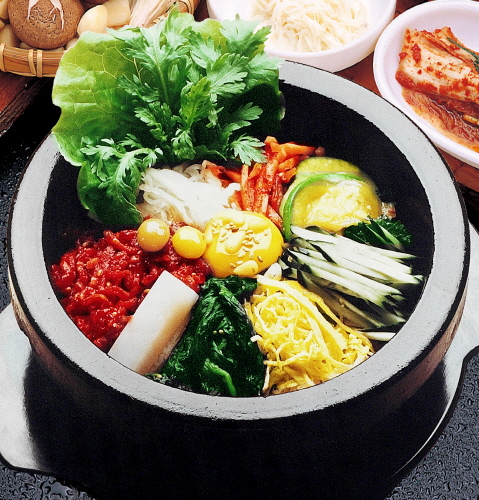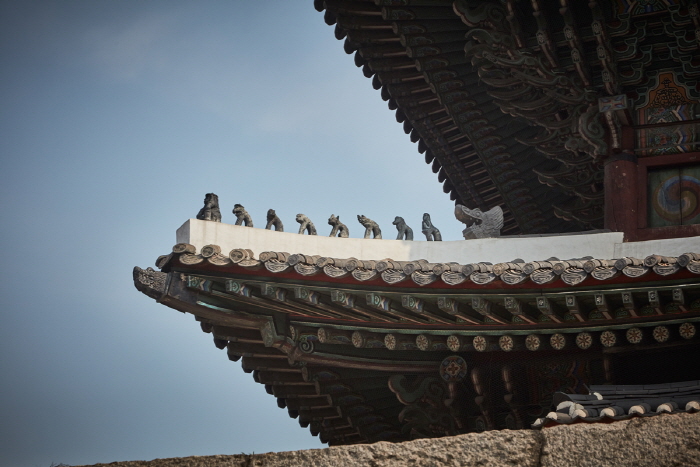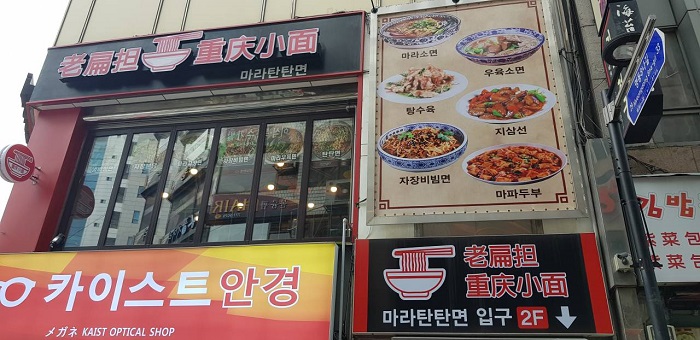Funicut [Tax Refund Shop] (퍼니컷)
2.1Km 2024-06-28
B1, Hyundai City Outlet Dongdaemun Branch, 20, Jangchungdan-ro 13-gil, Jung-gu, Seoul
-
ABC-Mart [Tax Refund Shop] (ABC마트)
2.1Km 2024-06-26
B1, Hyundai City Outlet Dongdaemun Branch, 20, Jangchungdan-ro 13-gil, Jung-gu, Seoul
-
Migliore - Myeongdong Branch (밀리오레 (명동점))
2.1Km 2025-02-06
115 Toegye-ro, Jung-gu, Seoul
Migliore Shopping Mall, located in Myeong-dong, reopened in August 2024 after undergoing remodeling. It provides customers with easy access to its stores, as it is directly connected to the Myeongdong Subway Station (Seoul Subway Line 4). Myeong-dong is regarded as the shopping district for youth in their 20s. Throughout the area, signs are written in English, Chinese, and Japanese for foreign visitors. The first and the second floors function as a shopping mall, and from the 3rd to the 17th floor as a hotel, providing visitors with an opportunity to shop and stay under the same roof. The first floor of the mall features beauty and lifestyle stores and the second floor has clothing stores. This is a one-stop shopping destination for fashion items that will dress you from head to toe. Additionally, visitors can also shop for albums, magazines, and other goods featuring their favorite idols.
Jeonju Hoegwan (전주회관)
2.1Km 2019-08-31
32-1, Sejong-daero 14-gil, Jung-gu, Seoul
82-2-778-6689
Well-known among both Koreans and foreigners, this restaurant has been specializing in traditional Korean dishes for more than 50 years. Its gopdol bibimbap is patented and also the most popular dish in the restaurant.
Heunginjimun Gate - Dongdaemun Gate (흥인지문)
2.1Km 2024-10-10
288, Jong-ro, Jongno-gu, Seoul
+82-2-2148-1842
Heunginjimun Gate was built to protect Hanseongbu, which historically housed essential government facilities. Heunginjimun Gate was the gate on the east side of the outer wall of Seoul Fortress among eight gates. It is referred to as Dongdaemun Gate as well. The gate was constructed during King Taejo’s 5th year in 1396, remodeled during the reign of King Danjong in 1453, and was newly built in 1869 during the sixth year of King Gojong’s reign in 1869.
The gate features a hipped roof with five front and two side compartments on a two-storied building. The thin and weak bracket system supports the eaves and is excessively decorated, reflecting the construction features of the late Joseon period. Also, outside of the fortress is the half-circle-shaped Ongseong, a small wall, to protect the gate.
One of the unique factors of Heunginjimun Gate is that it is the only gate among Seoul’s eight to have Ongseong, further exhibiting the style of construction used during the late Joseon period.
Maratantanmyeon (마라탄탄면)
2.1Km 2021-03-24
49, Myeongdong, 2-gil, Jung-gu, Seoul
+82-70-7762-5858
This is a Chinese restaurant that you cannot experience elsewhere. This Chinese (cuisine) restaurant is located in Jung-gu, Seoul. The most famous menu is dandan noodles.
Kaist Optical Shop [Tax Refund Shop] (카이스트안경)
2.1Km 2024-04-22
49, Myeongdong 2-gil, Jung-gu, Seoul
-
Daewoo Motel [Korea Quality]대우모텔[한국관광 품질인증]
2.1Km 2023-05-23
22-2, Sejong-daero 14-gil, Jung-gu, Seoul
+82-2-755-8067
Located in Bukchang-dong, Jung-gu, Seoul, the Daewoo Motel is 10 minutes’ walk from city sights such as Seoul Plaza, Deoksugung Palace and the Myeongdong shopping district. There are also many restaurants within a few minutes’ walk. The motel was remodelled and renovated in 2013, and rooms are equipped with all the usual amenities. A free breakfast plus luggage storage, laundry, and fax/photocopying services are provided.
Daiso - Myeong-dong Station Branch [Tax Refund Shop] (다이소 명동역)
2.1Km 2024-04-22
B2F, 124, Singomae-ro, Giheung-gu, Yongin-si, Gyeonggi-do
-
Olens - Myeong-dong Embassy Branch [Tax Refund Shop] (오렌즈 명동대사관점)
2.1Km 2024-04-22
50, Myeongdong 2-gil, Jung-gu, Seoul
-
![Funicut [Tax Refund Shop] (퍼니컷)](http://tong.visitkorea.or.kr/cms/resource/35/3312835_image2_1.jpg)
![ABC-Mart [Tax Refund Shop] (ABC마트)](http://tong.visitkorea.or.kr/cms/resource/67/3313367_image2_1.jpg)




![Kaist Optical Shop [Tax Refund Shop] (카이스트안경)](http://tong.visitkorea.or.kr/cms/resource/47/2878647_image2_1.jpg)
![Daewoo Motel [Korea Quality]대우모텔[한국관광 품질인증]](http://tong.visitkorea.or.kr/cms/resource/80/2594580_image2_1.jpg)
![Daiso - Myeong-dong Station Branch [Tax Refund Shop] (다이소 명동역)](http://tong.visitkorea.or.kr/cms/resource/60/2878760_image2_1.jpg)
![Olens - Myeong-dong Embassy Branch [Tax Refund Shop] (오렌즈 명동대사관점)](http://tong.visitkorea.or.kr/cms/resource/05/2878605_image2_1.jpg)
 English
English
 한국어
한국어 日本語
日本語 中文(简体)
中文(简体) Deutsch
Deutsch Français
Français Español
Español Русский
Русский